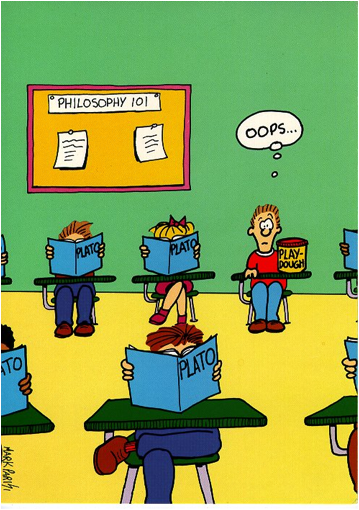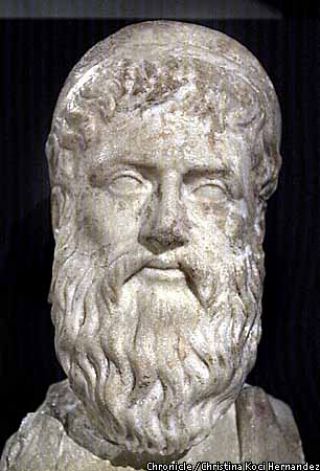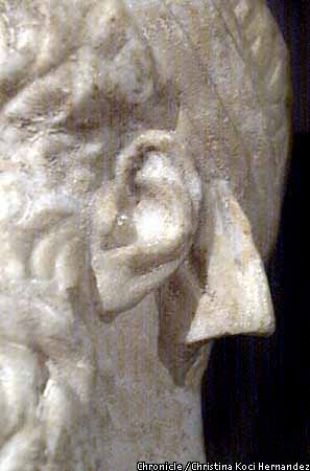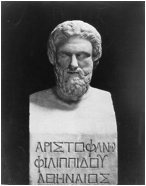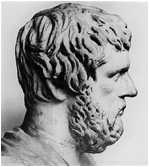|
Professor
Sammy Basu |
Introduction to Plato and the Republic |
|
Map of the Ancient World:
Map of the Ancient Greek World:
http://plato-dialogues.org/tools/gk_wrld.htm
Map of Ancient Greece:
The Persian Wars: 492 - 449 B.C. E.

http://ancienthistory.about.com/library/weekly/aa010103a.htm
500 B.C. - Ionian Revolt in Asia minor
490 B.C. - Battle of Marathon
481 B.C. - Greek League
Greek league against Persia, with
Sparta in charge of the army, and Athens, the navy.
480 B.C. - Battle at Thermopylae
‘300’
-




vs

Darius and other accurate images
The Persian
Empire (Persian: امپراتوری
ایران)
was a series of historical empires
that ruled over the Iranian plateau,
the original Persian homeland, and beyond in Western Asia, Central Asia and the Caucasus.
The
most widespread entity considered to have been a Persian Empire was the Achaemenid Empire
(550–330 BC) under Darius and Xerxes (or Xerkes) —
famous in antiquity as the foe of the classical Greek states (See Greco-Persian Wars)
— a united Persian kingdom that originated in the region now known as Pars province (Fars
province) of Iran.
479 B.C. - Battle at Salamis MAP
479 B.C. - Battle at Plataea MAP END OF PERSIAN INVASION
477 B.C. - Aristides forms Delian League
Athens, in charge of the Delian League,
went on the offensive to free the Ionian cities.
449 B.C. - Peace of Callias
Persia and Athens sign peace treaty.
Sparta
http://plato-dialogues.org/tools/loc/sparta.htm
Map
of Central Greece and Peloponnese
http://plato-dialogues.org/tools/gr_south.htm
Athens
http://plato-dialogues.org/tools/loc/athens.htm
The Delian
League
After an Athenian led Greek victory over the Persians at the
Battle of Salamis, in 478, Athens was put in charge of a protection alliance
with the Ionian cities. The treasury was at Delos; hence the name for the
alliance. Soon the leadership of Athens became oppressive, although in one form
or another, the Delian League survived until the victory of Philip of Macedonia
over the Greeks at Chaeronea.
Homer,
Greek Gods

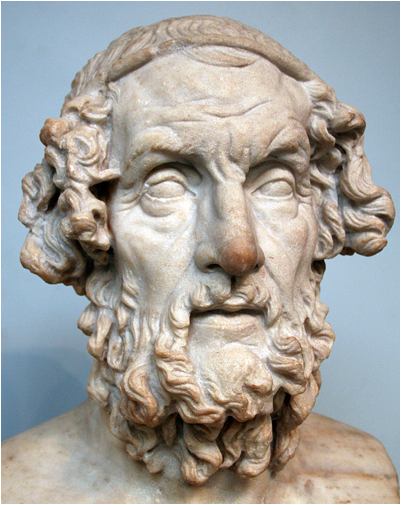


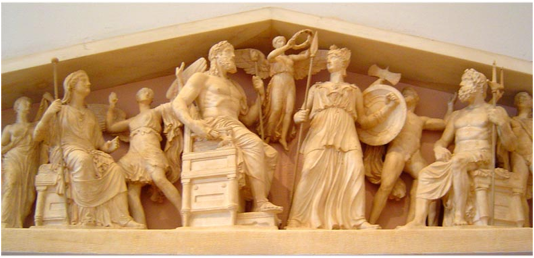
The Greek Pantheon
www.utexas.edu/.../
mythologein/studyguides.html
The Peloponnesian Wars, 431-404
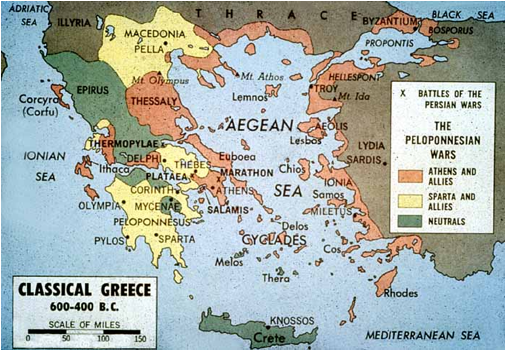
http://www.utexas.edu/courses/clubmed/10061pelwarmap.jpg
Peloponnesian Wars, 431-404
Pericles builds long walls.
430-426: plague ravages Athens; Pericles dies.
At this point, Athens appears to be
winning.
421-414: brief Peace.
415-413: Sicilian Expedition: Athenian disaster.
411: oligarchy at Athens; repulsed by democratic fleet.
406: Battle of Arginusae; generals condemned to death.
405: Battle of Aegospotami: Spartan victory.
404: Athens surrenders, brief
oligarchic Rule of the Thirty Tyrants.
403: less expansive democracy is restored.
Athens:
map of Athens
http://plato-dialogues.org/tools/athensim.htm
http://www.utexas.edu/courses/introtogreece/cc301/syllabus.html
ancient
Greek religion
ancient Athenian democracy (vid 6min)
Cleisthenes
(508)
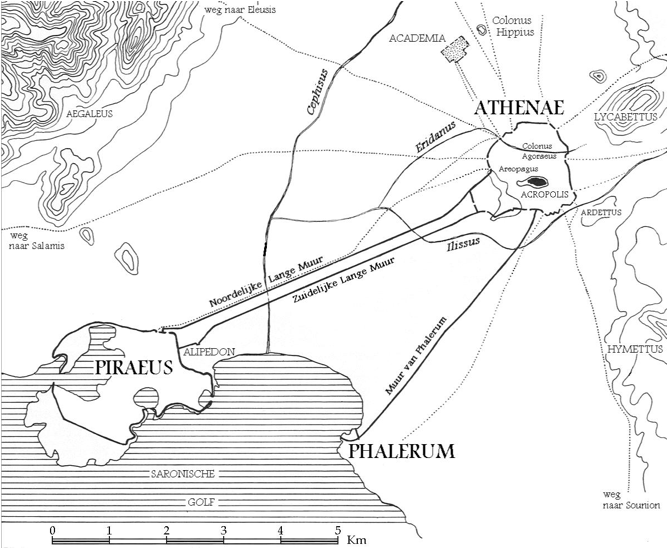
Acropolis,
Parthenon, Athena, Nike
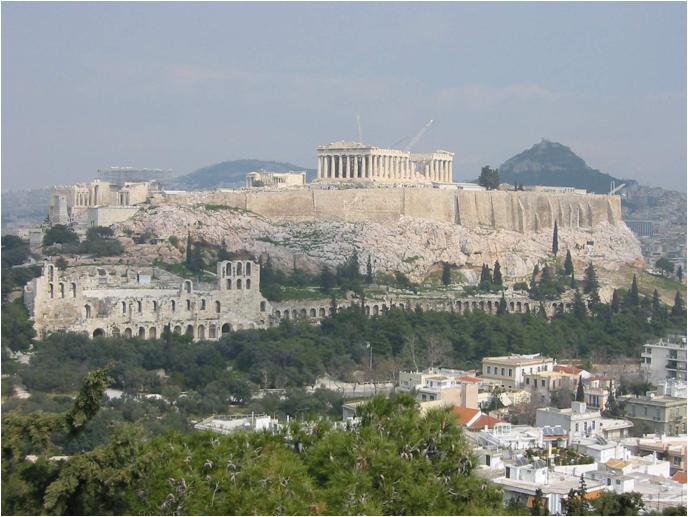
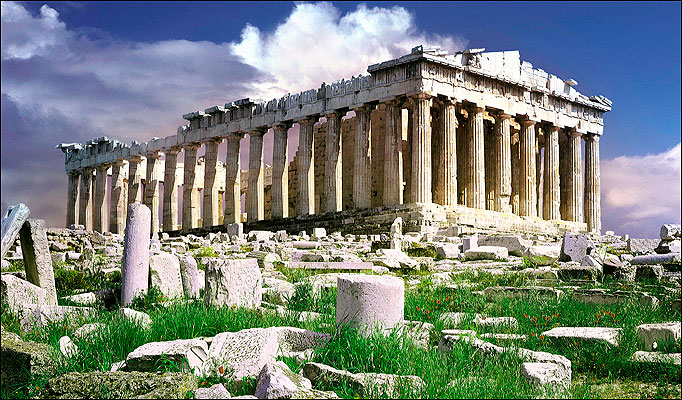

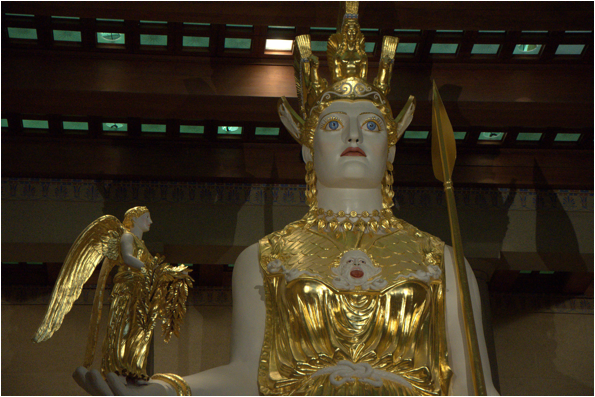
Thucydides
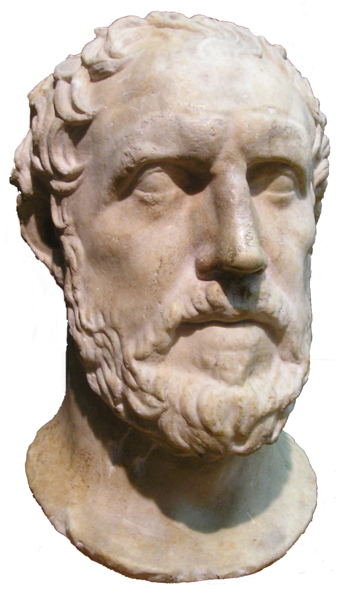
Pericles 495-429 BC
http://ancienthistory.about.com/library/bl/bl_thucydides_funeral.htm
http://lilt.ilstu.edu/drjclassics/texts/pericles/pericles.shtm
Pericles’ funeral oration
Plato 427-347 BCE
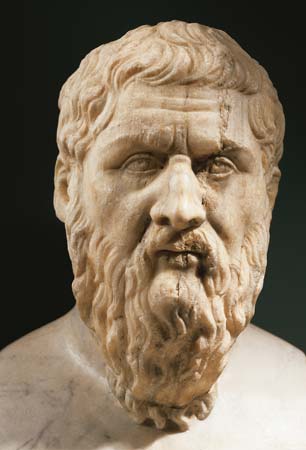
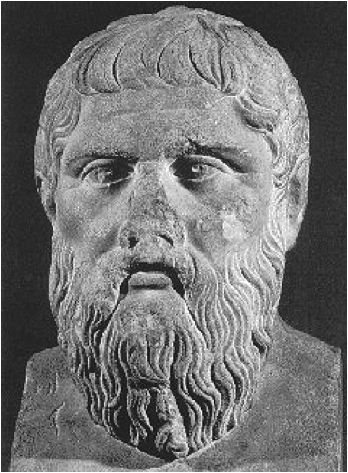
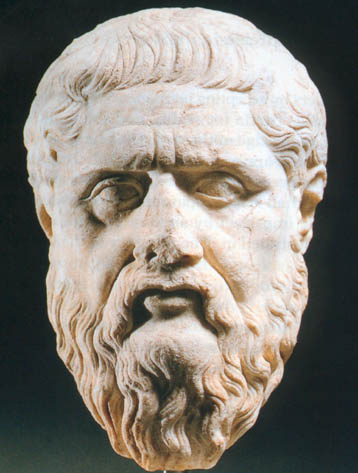
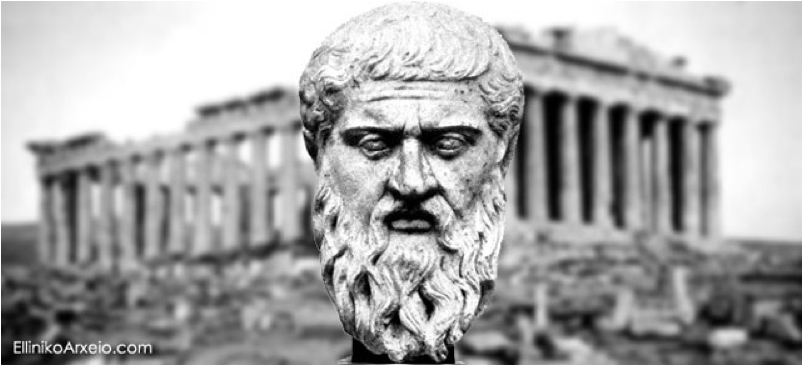
Biography
http://plato-dialogues.org/life.htm
http://www.philosophypages.com/ph/plat.htm
http://www.timelineindex.com/content/select/841/1023,773,789,841
Works:
The early, or
Socratic, dialogues,
e.g., the Apology,
Meno, and Gorgias,
present Socrates
conversing about his main preoccupations: the unity of virtue and knowledge and
of virtue and happiness.
also provide Plato's
account of the trial, last days and death of Socrates.
Dialogues of the
middle years,
e.g., the Republic,
Phaedo, Symposium, and Timaeus,
present the rational
relationship between the soul, the state, and the cosmos.
Later dialogues,
e.g., the Laws
and Parmenides,
include treatises on
law, mathematics, technical philosophic problems, and natural science.
The
Academy 386
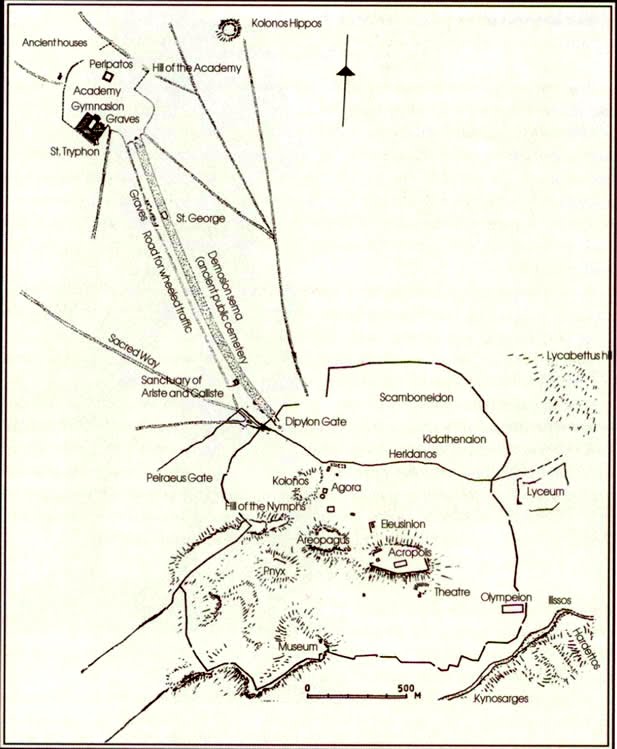
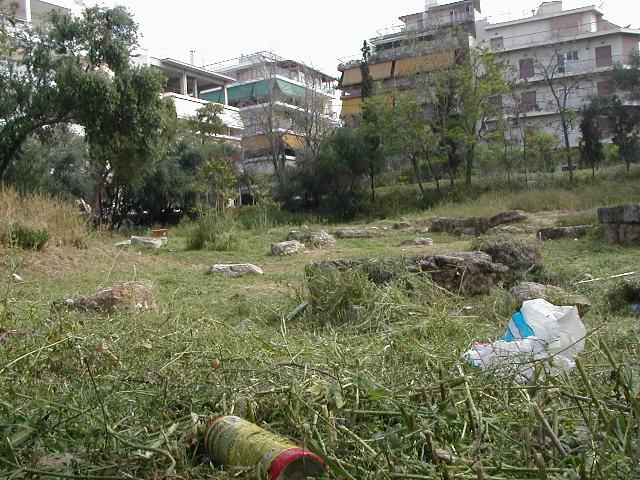
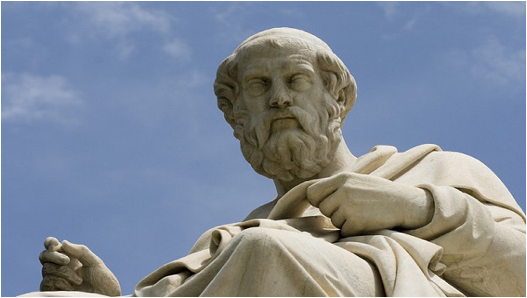
Platonism
Aristotle 384-322
B.C.
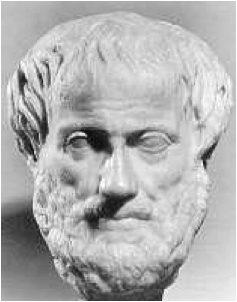
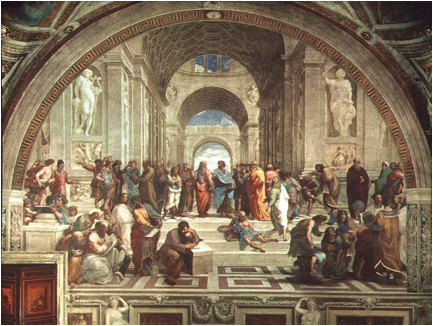
Raphael
School of Athens
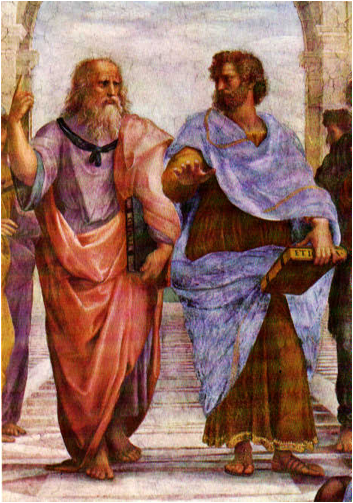
Socrates: 470-399 BCE
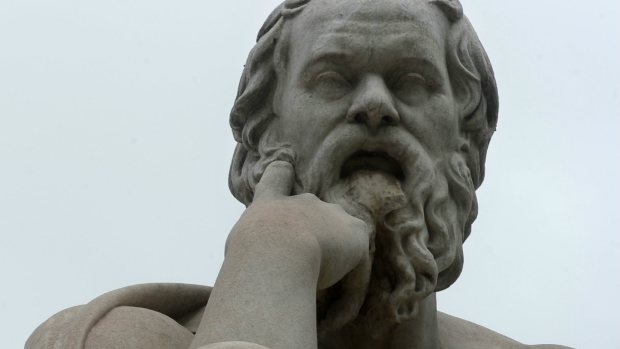
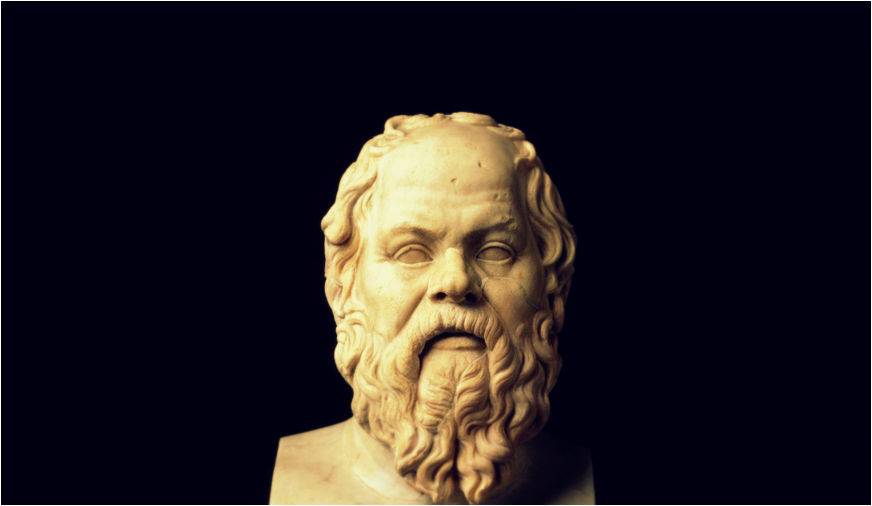

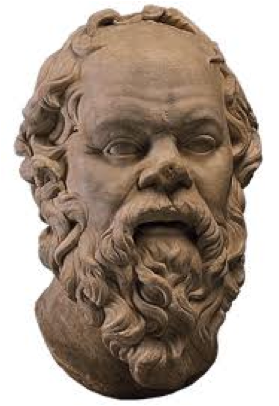

399 BC Trial and
Death
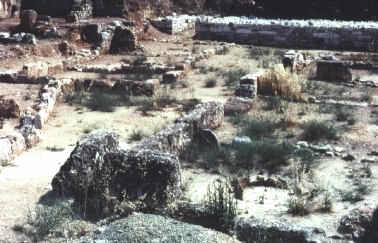
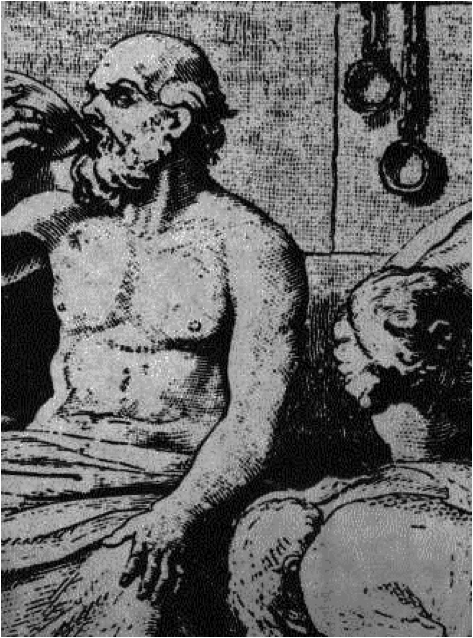
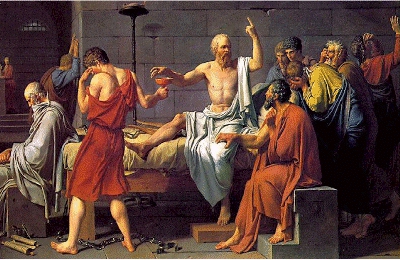
In his life:
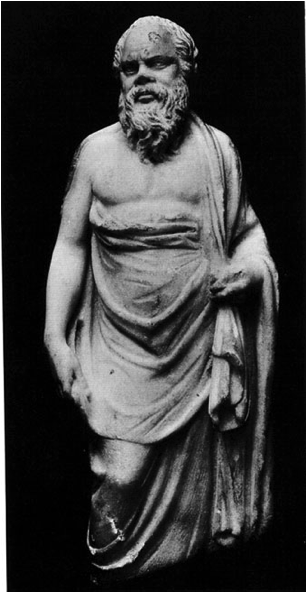
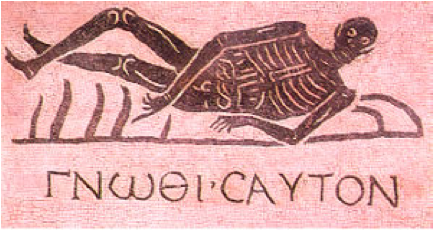
fragment
of a mosaic from the Saint-Gregory Convent in Rome exhibiting the inscription
in Greek "gnôti sauton", meaning "Know thyself", Rome,
National Museum of the Thermae.
Other sources on Socrates:
|
|
|
|
|
Aeschines |
Aristophanes |
Xenophon |
Republic (Politeia
Politeia).
The text: rolls of papyrus
http://plato-dialogues.org/papyrus.htm
The Setting:

A Roman mosaic showing Plato's Academy
